What to expect from C226
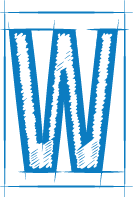
e swim in a sea of images. We work, play, dream—and communicate—in the most prolific visual culture in human history. From cellphone cameras to You Tube, from touch-screen tablets to Facebook walls, from logos, ads and icons to gut-wrenching photojournalism, a tsunami of visuals inundates us daily. New digital forms have largely overtaken the legacy mediums: print images in newspapers, magazines, billboards and packaging, and moving images in television, film and animation. Instead of the province of professionals and a few wealthy amateurs, the cameras, computers and software that produce our visual culture are available for mass consumption. Never before has it been easier to consume, create and publish images.
Three decades ago, when the Internet and the desktop computer began to erase the old barriers between print and television, the buzzword for the media realignment was “convergence.” We have moved beyond convergence, to a stage where cutting-edge content providers create multi-sensory experiences for mobile platforms. he latest devices now in the process of replacing desktops and laptops as the critical media hub for an increasing number of users.
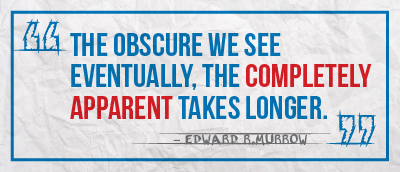
C226 will help you navigate this flood by introducing you to the principles of visual literacy. We will model visual literacy on verbal literacy. After learning to critically read other people’s visual messages, you will use the knowledge gained to tell your own visual stories. The knowledge and skills you gain in C226 will advance your career in the ever-shifting media landscape and—equally important—enrich your personal life.
Technology is only a tool. Seeing, thinking and telling stories are the heart of this course. The lab sessions, exercises and assignments will help you learn to operate a DSLR camera to shoot photographs and video, and you will learn several applications on the Macintosh computer.
At first, these technologies may dominate your time and effort, but they are not the most important part of the course. By themselves, technical skills will not guarantee you will take good photographs, design good publications or produce good video. Try to master the technologies as quickly as possible so you can move on to what is most important—telling effective stories with pictures, sound and the written word. The most important dimensions of C226 are: 1) academic knowledge about the history, ethics and principles of visual communications and 2) hands-on experiences in telling visual stories.
A major theme uniting all aspects of the course is learning to use your sense of sight more effectively. This objective is based on the assumption that we tune out most of the visual stimuli that bombard us — that we fail to bring into consciousness much of what we see and that we rarely engage in concentrated, purposeful seeing. We will work on improving your vision by paying close attention to the real world and the mediated world, by analyzing the visual messages of professionals and previous C226 students, and by creating your own. The knowledge and skills you gain in C226 will be of value to you whether you choose a career in advertising, public relations or journalism … or, increasingly, in any creative field.
In the best tradition of education, this is a hands-on, active-learning course. You will create four projects and post them on our C226 website. The projects are:
1) A picture story with a written text and captions
2) A two- to three-minute video with a soundtrack
3) A magazine layout that repurposes your content as two spreads
4) A one-page website that showcases your work on the first three projects
Regarding computer skills, you will use Bridge and Photoshop to edit digital photographs, InDesign to create your magazine spreads, Premiere to create your soundtrack and edit your video, and Word Press to post your work on our class site. In our final days this semester, you will use code-editing software to write HTML and CSScode, and will complete the semester by pubishing your own website, demonstrating your visual communication skills.
The motto for our course — See! Think! Create! — encompasses all these themes.
Course objectives
If you watch all the lectures, and do the assignments conscientiously, you should …
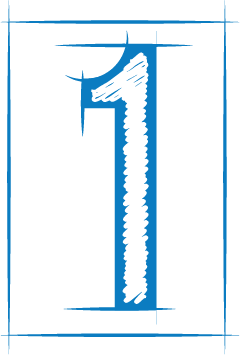
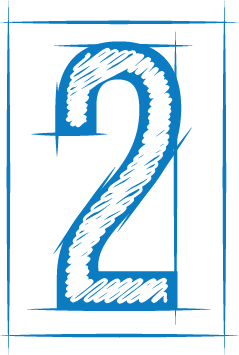
visual-verbal stories using still photos, video and graphic design, and to present your creative projects on the web.
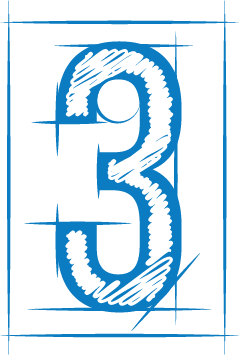
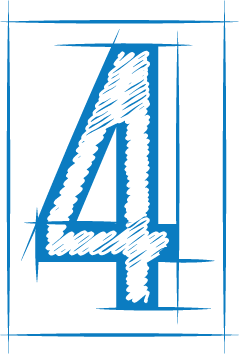
Skills in C226
While we will spend a good deal of time in lectures discussing theoretical considerations related to visual communication — including principles of design, Gestalt pyschology, typography, color and editing — C226 is first and foremost a hands-on, skills-driven course. Over the next fifteen weeks, you will be building and honing a number of important visual communication skills, including but not limited to:
- Using a camera to shoot still images and video
- Selecting, cropping and toning images
- Writing captions, stories and scripts
- Editing your footage into compelling video packages
- Posting your creative work on the web
- Designing and laying out pages for a magazine
- Creating HTML and CSS code
Learning for media careers
The IU Media School’s Journalism department is accredited by the Accrediting Council on Education in Journalism and Mass Communications. ACEJMC has articulated a list of nine core values and competencies which it expects all journalism majors to learn by the time they graduate.
In C226, you should expect to make significant progress in mastering the following values and competencies:
- Understanding concepts and applying theories in the use and presentation of images and information
- Demonstrating an understanding of professional ethical principles
- Thinking critically, creatively and independently
- Evaluating your own work and that of others critically
- Applying tools and technologies appropriate for the communications professions
For a complete list, visit the following URL and scroll down to Standard 2. Curriculum and Instruction: www2.ku.edu/~acejmc/PROGRAM/
STANDARDS.SHTML.